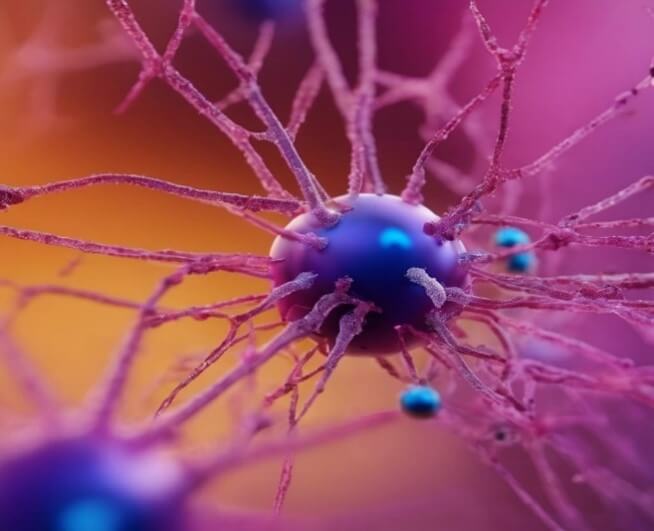Polypropylene

Polypropylene, commonly known as PP, is a versatile thermoplastic polymer manufactured from propane, a colorless and odorless gas. Comprised of retinal molecules, polypropylene is widely used in various applications, including wrapping materials, textiles, packaging, plastic parts, laboratory equipment, and automotive components. The processing of polypropylene involves fusion through casting or extrusion, a popular method for producing cylinder fibres and a variety of products.
Polypropylene offers several advantages:
1. Lightweight: As a material, polypropylene is known for its lightweight properties.
2. High Chemical Resistance: It exhibits excellent resistance to a wide variety of chemicals, including acids, bases, and solvents.
3. Good Mechanical Properties: With high tensile strength, impact resistance, and toughness, polypropylene is suitable for various structural applications, able to withstand repeated bending.
4. Excellent Thermal Properties: Polypropylene has a high melting point, making it ideal for heat-resistant applications. It also demonstrates good thermal stability and can withstand sterilization processes.
5. Environmental Friendliness: Polypropylene is recyclable, contributing to waste reduction and environmental preservation. It has a lower carbon footprint compared to some other plastics.
6. Versatility: Polypropylene can be easily molded into different shapes, allowing for a wide variety of applications.
Difference Between Polypropylene and Polyethylene
Polypropylene (PP) and polyethylene (PE) are both commonly used thermoplastic polymers in the market. While they share similarities, they also exhibit notable differences:
- Chemical Structure: Polypropylene consists of repeating propene units, while polyethylene consists of repeating ethylene units.
- Density: Polypropylene has a higher density than polyethylene, impacting their mechanical properties and performance.
- Strength and Stiffness: Polypropylene is usually stiffer and harder than polyethylene, exhibiting higher tensile strength and impact resistance.
- Melting Point: Polypropylene has a higher melting point than polyethylene, making it more suitable for high-temperature applications.
- Chemical Resistance: Polypropylene exhibits better resistance to solvents, acids, and bases compared to polyethylene.
- Transparency: Polypropylene is usually transparent or more opaque, while polyethylene can be more transparent.
- 7. Cost: Polyethylene, especially low-density polyethylene (LDPE), is generally cheaper than polypropylene.

At Pelleg – Rainwater Solutions, we prioritize the quality and integrity of our products, with many of our offerings made of polypropylene including :
- Kazaflex (seepage tube).
- PolyStorm (underground reservoirs)
- Permavoid (a drainage and water storage system)
- SABrain (SAB drainage channels).
In conclusion, the advantages of polypropylene in rainwater drainage systems lie in its resistance to extreme conditions, heat resistance, strength and flexibility. One more advantage, Polypropylene piping offers the distinct advantage of facilitating connections between a wide variety of parts through heat fusion, rather than relying on adhesives.



